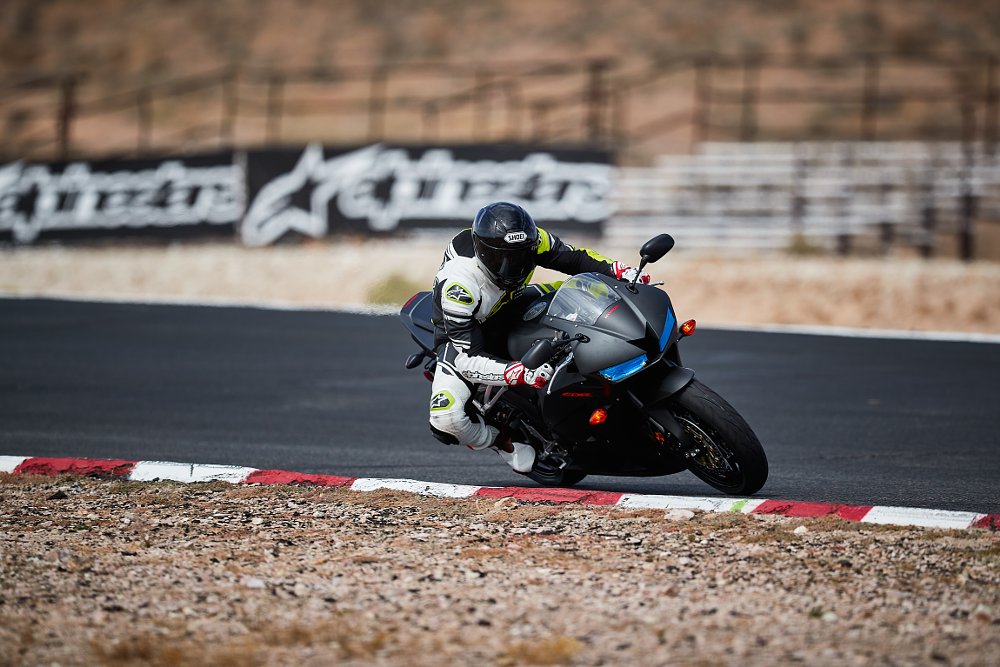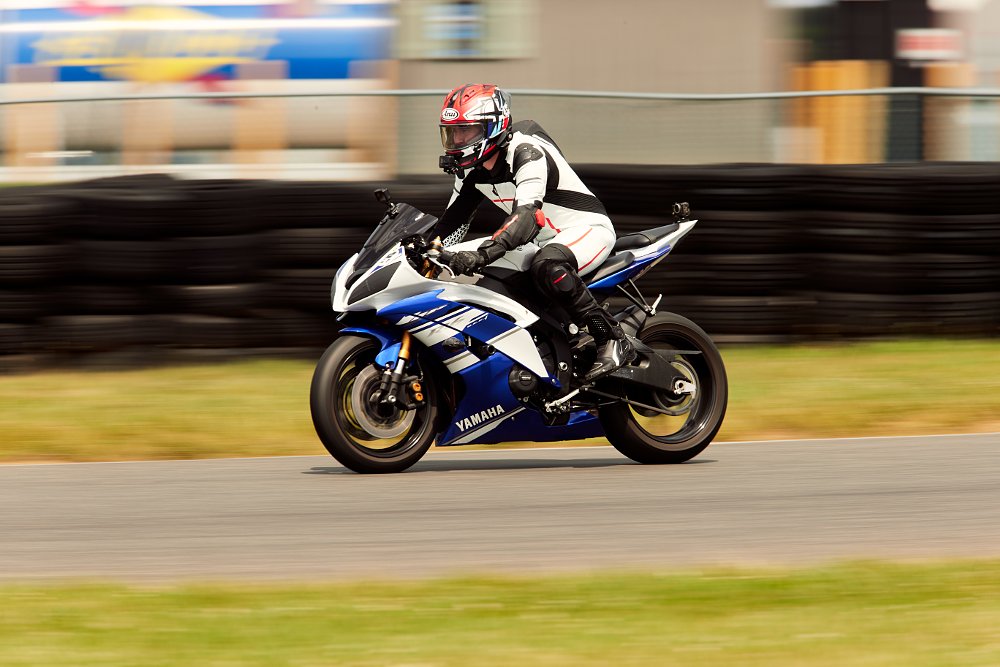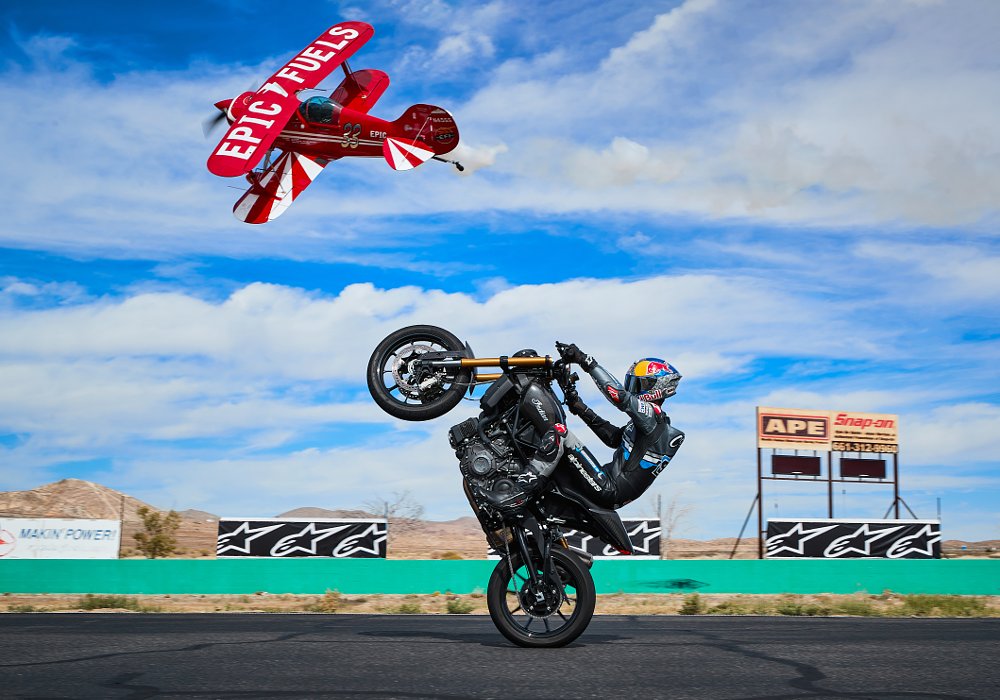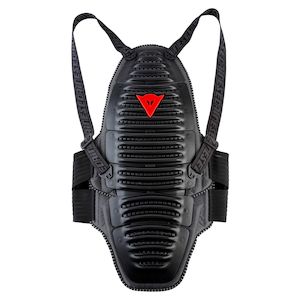Riders who are looking for the ultimate in protection are probably considering a leather race suit, whether they're headed to the track (where it may be a requirement) or hitting the twisty canyon roads on the weekend.
Leather race suits basically come in two flavors: a one-piece or a two-piece suit. Luckily, you really can't make a wrong decision choosing between the two. They both provide an excellent level of protection and they can be utilized for a multitude of riding situations. With that said, there are a few applications where one might make more sense over the other. Having a clear understanding of the pros and cons for each should make the decision process easy.
One-piece versus two-piece leather suit: Protection
Generally speaking, you’ll get the same level of protection from a one-piece or a two-piece suit, with one exception: the connection zipper. That connection zipper is technically a potential fail point and this is why racers and regular track riders typically opt for one-piece coverage. It simply minimizes the risk of failure. A two-piece suit still provides great protection standpoint and most organizations will allow you to wear your two-piece suit at their track days, but it's something to keep in mind if you're looking for the ultimate.

When it comes to back protection, most one-piece suits and nearly all two-piece suits include the option for a back protector insert, but you can also choose to use a stand-alone back protector, especially for track use. A stand-alone back protector maximizes coverage and there are quite a few options to choose from. The advantage of a back protector insert is that it lives inside the jacket and it's one less piece of gear you have to put on every time you ride. But, for this convenience you’ll sacrifice a bit of the coverage provided by a stand-alone back protector.
I've been guilty of arriving at the track without my back protector. It's not great. Since that day, my stand-alone back protector simply stays with my suit so I don't forget it.
Comfort and versatility: Advantage two-piece
A two-piece pretty much takes the cake when it comes to comfort and versatility. To be clear, when I'm referring to a two-piece suit, we’re talking about purchasing a leather jacket and pants that are separate pieces and connect with each other using a zipper.
I specifically mention this because in the past, two-piece race suits would be virtually identical to one-piece race suits except for the connection zipper. But, up until recent years, the connection zipper was located at a very high point on the jacket, which did not allow riders to wear the jacket comfortably as a stand-alone option. This kind of defeats one of the main advantages of a two-piece suit in the first place. Manufacturers have since caught on to this fact and now offer two-piece suits that allow you to use the jacket separately without showing your midriff. I know this may sound strange, but trust me, it was a thing.
If you're looking at two-piece suits and they are sold as a set, make sure you can comfortably and properly wear the jacket separately from the pants or you'll lose one of the biggest benefits of a two-piece suit, versatility.
In addition to the ability to wear the jack and pants separately, another advantage of a two-piece suit over a one-piece option is comfort, especially for street riding. Made for racing, most one-piece suits fit best when you're in a full-tuck position. A two-piece suit typically allows for a more standard, relaxed stance. This is aided by the fact that you can buy different sizes for your top and bottom and simply wear what works best with your body type. This is where purchasing a racing jacket and a pair of racing pants to create a two-piece race suit can be a good option for someone who is trying to fine-tune the fit.
The other advantage of a two-piece suit, especially if you’re riding on the street, is that you can also unzip the jacket and walk around in the pants and a T-shirt at stops. In addition, a two-piece option typically provides pockets for things like your wallet, keys or cell phone. One-piece suits, made with the race track in mind, often don't include those.
If you're choosing a two-piece suit and you do plan to use it for track days, be sure to read the fine print of the rules set by your track day organization. Most allow a two-piece suit but they might specify that it has to have a full-circumference connection zipper, not just a short connection zipper at the rear.

Cost
Depending on the gear you’re looking at, building out a two-piece option can easily cost you as much as a one-piece suit, if not more. The one cost advantage of a two-piece suit comes from the ability to split your purchase in half. You could start by buying the jacket that you have your heart set on and then purchase the pants separately at a later date, once your bank account recovers a bit.

There is also value in the fact that you can use the jacket as a stand-alone piece for street riding. If you buy a one-piece suit, realistically you're going to want to buy a separate set of gear for the street, so the versatility of a two-piece option could make your costs lower overall.

So what's it going to be, one-piece or two-piece suit?
In the end, it comes down to what you plan to utilize your suit for most. If you know you’re going to head to the track on a regular basis, you might want to consider a one-piece suit. If you’re looking for a bit more versatility and may only visit the track occasionally, you’ll probably get more comfort and use out a two-piece option.
Again, both offer excellent protection. Consider your needs and, from there, just follow your heart.




























